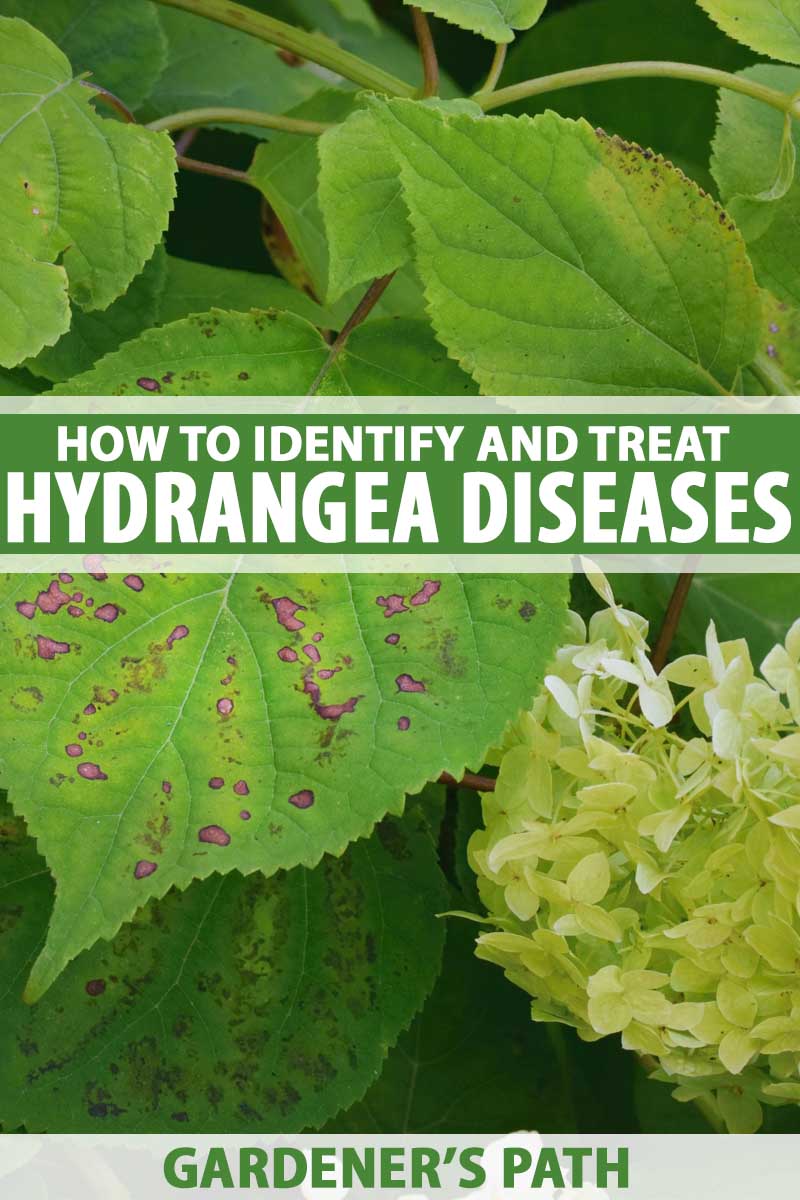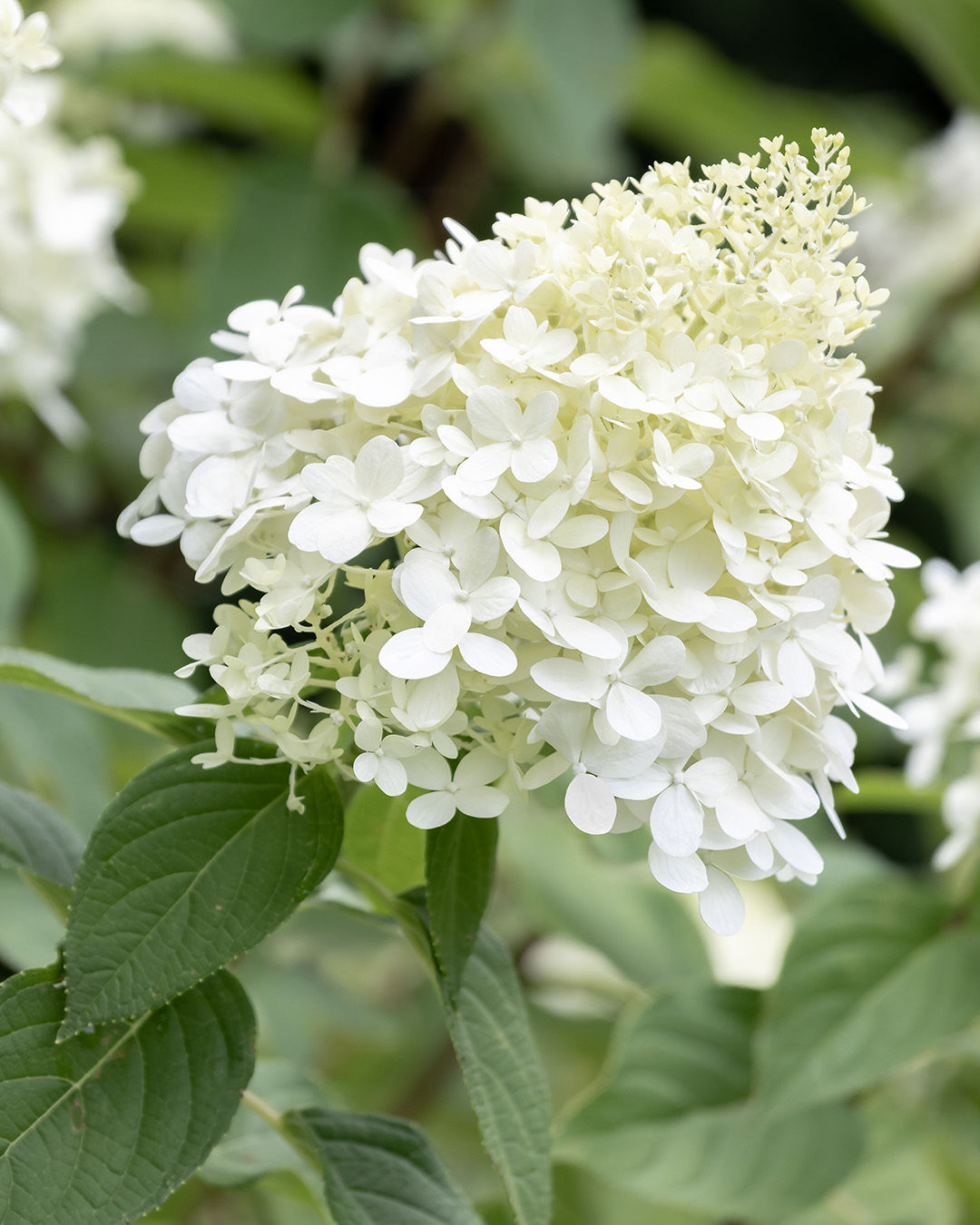The 7-Second Trick For Hydrangea Leaves Turning Yellow
Wiki Article
How Hydrangea Leaves Turning Yellow can Save You Time, Stress, and Money.
Table of ContentsIndicators on Hydrangea Leaves Turning Yellow You Should KnowThe Best Strategy To Use For Hydrangea Leaves Turning YellowAll about Hydrangea Leaves Turning YellowSome Known Details About Hydrangea Leaves Turning Yellow Get This Report about Hydrangea Leaves Turning YellowThe smart Trick of Hydrangea Leaves Turning Yellow That Nobody is Talking AboutThe Only Guide for Hydrangea Leaves Turning YellowAbout Hydrangea Leaves Turning Yellow
You can attempt to protect against fungal diseases by maintaining your yards neat and free of particles. These leaves that will remain, waiting to attack in the next growing season.These can be found at yard facilities. Bear in mind to follow the guidelines on the label of the fungicide you buy. Copper fungicides are, yet if they are overused they can come to be poisonous to your plant. Removing infected leaves is additionally an excellent step. Clip the leaves, and eliminate them from the yard.
If they aren't obtaining adequate water, their leaves will brown. Hydrangeas have a in the noontime sun, and jumping back as soon as the sun has actually shifted and the plants have some time to recover. If this occurs repeatedly you may see brownish and crispy leaves that are sagging (Hydrangea Leaves Turning Yellow). This is their method of letting us understand that it requires some extra dampness.
The Single Strategy To Use For Hydrangea Leaves Turning Yellow
!! Water them gradually so the plants can soak up that water. Generally in areas where plants have actually ended up being dried out, the dirt is completely dry and the overflow of water comes to be a trouble.Established plants may require to be watered one to 3 times per week, depending on your conditions. It might seem appealing to spray the leaves down.
Water the base of the plant,. As soon as the plant has recoiled, you can return to a routine watering timetable. Many species and varieties like partial sunlight. Panicle hydrangeas enjoy complete sun, but the remainder of the team actually suches as partial color. Partial shade offers about four to six hours of sunlight.
Hydrangea Leaves Turning Yellow Can Be Fun For Everyone
The container should be large enough so the plant can grow and obtain all of the water and nutrients it needs. Panicles like the full sunlight.No matter of the selection, plan ahead and make certain your plant has lots of protection from the wind. You might hair transplant to a new area, or you might develop a wind barrier utilizing an additional plant, or fence.
Decorative grass, Rose of Sharon, or Holly shrubs are simply a few concepts of plants you might utilize to block the wind. Hydrangea Leaves Turning Yellow. If you require to hair transplant, find a place in your garden that is well protected from sunlight and wind. Transplanting is best performed in the fall or the spring
Hydrangea Leaves Turning Yellow Can Be Fun For Everyone
Every one of the above circumstances can take place to any kind of gardener. Thankfully for all of us, hydrangeas are extremely resistant, and will certainly probably recover really promptly with a little love and treatment. The plants area is the most crucial element when it comes to getting recognized and correct development. With a little forethought on planting area and appropriate upkeep, you'll have the ability to guarantee your hydrangeas!.So, if Hydrangea leaves turn yellow and diminishes later, it's typically due to overwatering, as the plant can not uptake water and loses the leaves to remove transpiration. Following this, Hydrangea leaves begin to sag and wilt. Since both conditions can develop yellow leaves, you need to spot the difference between the overwatered and underwatered plant.
You can rescue the plant from yellow leaves by supplying it the proper light and positioning. If your plant obtains yellow leaves, move it to a dark area. Location Hydrangea plants indoors near an east-facing home window. Dapple the plant with curtains or UV defense sheets to important link obstruct direct heat.
6 Easy Facts About Hydrangea Leaves Turning Yellow Shown
Bear in mind, Hydrangeas are just frost tolerant in loss and wintertime as they go dormant, and temperature level modifications can create yellowing fallen leaves and brownish spots. If it obtains also cozy, the sides of the fallen leaves come to be yellow, turn brownish and develop a crunchy texture. Transfer your potted Hydrangeas far from drafty north-facing windows in the winter months.Hefty dirt can conveniently obstruct the oxygen supply to the roots and sever the link with the top components of the plant (leaves). Hydrangea leaves alter their color if Clicking Here they discover small hassles in the dirt make-up. This problem can create the Hydrangea entrusts to turn yellow, struggle with leaf decreases, and render a saggy plant in sync with overwatering.

See This Report about Hydrangea Leaves Turning Yellow
Cutting off helps Hydrangea color unnecessary weight and coverage, permitting the growth of new fallen leaves. The finest time to trim Hydrangeas is spring when the plant prepares to sprout foliage for the following season. Evaluate for invested or diseased fallen leaves and reduce the base of a stalk that signs up with the fallen leaves and stem.Prevent reducing healthy or eco-friendly fallen leaves, and do not remove more than 25% of the plant's foliage. Collect the thrown out delegates melt or compost them. The main reason behind the red leaves in Hydrangea is poor dirt or environmental problems. If Hydrangea fallen leaves have a white fine-grained material on them, it indicates Powdery Mold infection.
Repot the plant yearly in springtime or every 2 years if the development price is slow.
Top Guidelines Of Hydrangea Leaves Turning Yellow

Each reason influences the plant in a manner that can be taken care of if we recognize how to take care of hydrangeas the right way. When we speak about poor light for hydrangeas, we indicate that the plant isn't getting sufficient sunshine. Hydrangeas favor intense light, but not direct, scorching sun. They usually thrive ideal with early morning sunlight and afternoon color.
Without sufficient sunshine, the fallen leaves can turn yellow, the plant can end up being weak, and it may generate fewer blooms. To ensure a hydrangea receives sufficient light, it must be positioned in an area where it can take pleasure in the morning light and be safeguarded from the extreme mid-day sun. Overwatering is when a hydrangea plant obtains more water than it needs.
9 Easy Facts About Hydrangea Leaves Turning Yellow Shown
Yellow leaves may be a sign that the plant is getting also much water. On the various other hand, dehydration happens when the plant does not obtain sufficient water.This trouble prevails in the fall as the weather condition changes or if a hydrangea is planted click to investigate in an area where it doesn't obtain adequate warmth from the sunlight. It is essential to understand the right problems for hydrangeas to prevent low-temperature stress and anxiety. For instance, many hydrangeas grow finest in zones 6 to 9, where the climate is milder.
It is necessary to recognize that this kind of yellowing is different from the yellowing brought on by troubles like way too much water or not sufficient light. If the yellow leaves are mostly at the base of the plant and the remainder of the plant looks healthy, it can simply suggest that the leaves are simply getting old.
Report this wiki page